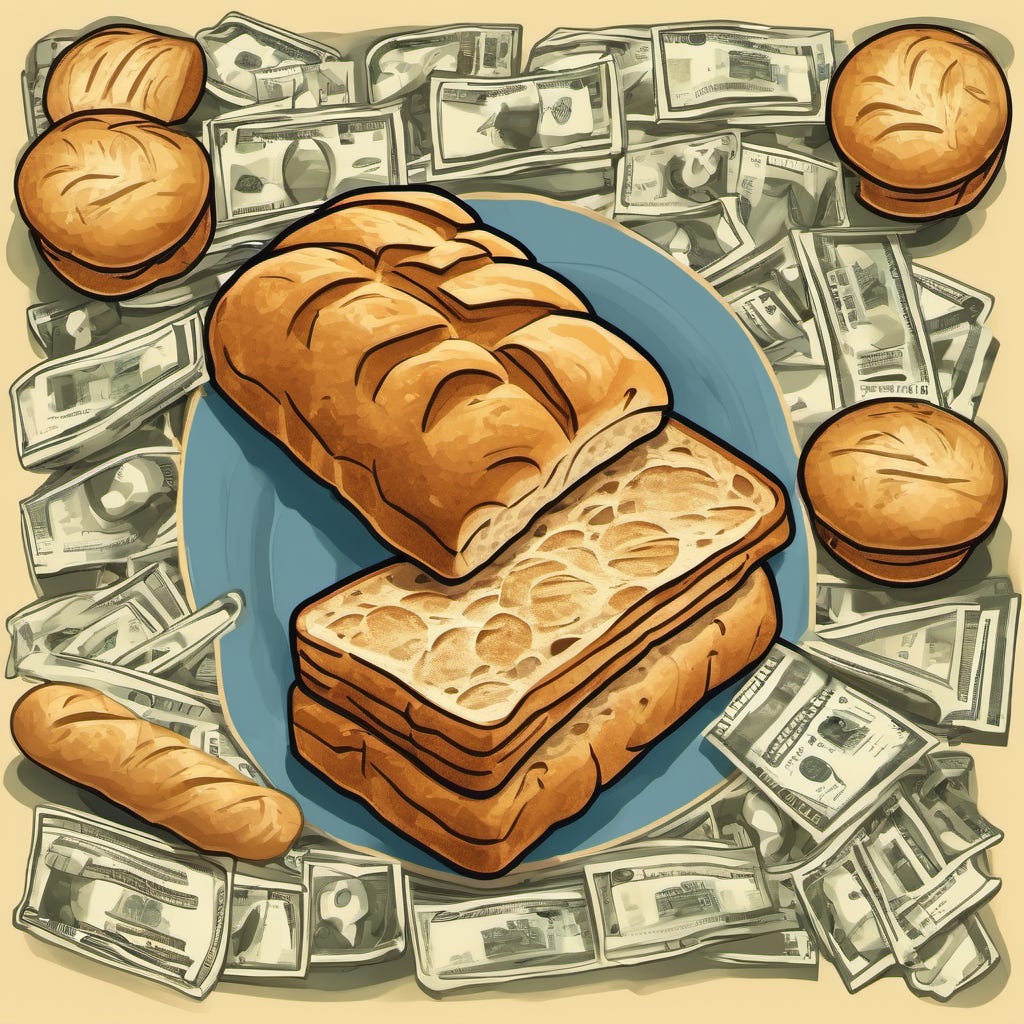Ever wonder why governments, the money maestros, don't just print as much money as needed to help the folks? Seems like they're in charge of the printing press and all the rules, right? So, why not go all-in and print unlimited cash for the people?
Why Printing Unlimited Money Can't Solve Poverty: A Balancing Act Between Hope and Harm
In the face of widespread poverty, the allure of a seemingly simple solution, like printing more money, can be powerful. After all, wouldn't putting more cash in everyone's pocket instantly alleviate financial struggles? Unfortunately, as tempting as it may seem, the reality is far more complex. This article delves into the fundamental flaws of this approach, revealing why the seemingly straightforward act of printing unlimited money can create a cascade of unintended consequences, ultimately doing more harm than good.
1. Inflation: The Erosion of Buying Power
Imagine injecting the economy with a massive dose of newly printed money. While individuals' bank accounts might feel suddenly heavy, that extra cash doesn't magically translate into doubled goods and services. Instead, it sets off a dangerous chain reaction - inflation. With more money chasing the same amount of goods, prices inevitably rise.
Think of it like this: If everyone has twice the money to buy bread, but the bakery hasn't doubled its production, the price of bread will increase. This effectively erodes the purchasing power of the newly printed money, leaving everyone no better off, and potentially worse, as everyday items become unaffordable.
2. Moral Hazard and Dependency
Simply handing out money, without addressing the root causes of poverty, can create a moral hazard. Recipients might become less inclined to work or seek skills development, leading to long-term dependency on government handouts. This undermines the dignity of work and discourages individual initiative, crucial for sustainable poverty reduction.
Money and Gold: A Quick Reality Check
Back in the Day:
So, folks used to think a government's money-making power depended on how much gold it had. You know, the gold standard. Limited cash, limited gold.
Fast Forward:
Nowadays, we're not so hung up on gold. Most big economies roll with fiat money. It's like, money is valuable 'cause the government says so, not because it's gold-backed.
Current Conundrum:
Print too much money, though, and we've got problems. Inflation kicks in, money loses its mojo, and the economy takes a hit.
The Verdict:
So, yeah, gold used to call the shots, but not anymore. Governments can print more freely now. But, and it's a big but, they still gotta be careful. Too much printing? Economy might go haywire.
Deeper Dive:
Some say bring back the gold standard to keep spending in check. Others say it's a buzzkill for growth. The argument? Governments should either have a tight grip or let loose on the money supply.
Bottom Line:
In the end, the gold story is a bit old-fashioned. Modern money moves differently. Governments can flex more, but they've got to watch their step or risk a financial stumble. It's like a dance – too much spinning, and things get messy.






